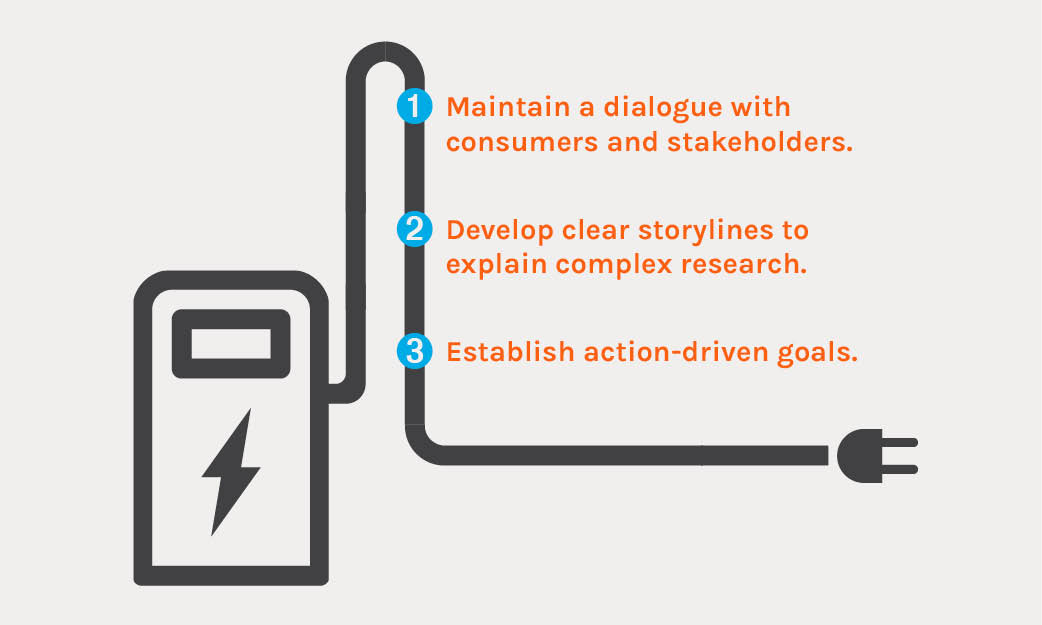There have been a number of high-profile stories recently about the pros and cons of owning EVs. One that caught my eye was written by Rowan Atkinson. If you don’t know him, Atkinson is one of the most famous British comedy actors of his generation, having been in such movies as “Johnny English,” “Mr. Bean,” “The Lion King,” “Four Weddings and a Funeral,” and many more.
Atkinson, a well-known car enthusiast, also studied electrical and electronic engineering as an undergraduate and earned a master’s degree in control systems. His piece for The Guardian is titled, “I love electric vehicles – and was an early adopter. But increasingly I feel duped.” In it, his primary complaints are that EVs produce higher greenhouse gas emissions during production than petrol cars, and the expected lifespan of lithium-ion batteries (widely used in EVs currently) is only 10 years. He touts hydrogen as a potential alternative but clearly believes the honeymoon period with EVs is coming to an end.
To gain clarity on EVs, we need to explore options without losing sight of goals.
While a number of Atkinson’s environmental claims have been seriously challenged, the question marks over EVs continue to be discussed at length. Consumers wonder how to charge EVs especially those who don’t live in a single-family unit. EV owners also grapple with finding public locations to charge their cars (government goals on that front seem hopelessly optimistic) and express range anxiety when doing anything more than a quick trip around town.
It does feel that we are in a crucial phase, with many of our clients investing heavily in Innovation-related research. The cost of getting it wrong is equally as strong as the desire to get it right.”
Input, insights, and innovation are key to guiding progress.
As a researcher, my professional interest in this recent discussion stimulated by Atkinson revolves around consumer sentiment driving what manufacturers develop in terms of vehicles and fuel-cells, how charging is best facilitated, and what options consumers will demand from their driving and charging experiences going forward. It does feel that we are in a crucial phase, with many of our clients investing heavily in Innovation-related research. The cost of getting it wrong is equally as strong as the desire to get it right.
Based on our recent client experiences, we’ve identified three important elements to keep in mind when approaching this complex topic.

1. Maintain a dialogue with consumers and stakeholders.
The interaction between consumers and internal experts (engineering, product, brand etc.) allows crucial questions to be asked and for feasible options to be developed. This idea of co-creation isn’t new of course, but in this fast-changing automotive environment, it allows for ideas to be created that have internal credibility and ownership.
2. Develop clear storylines to explain complex research.
Insights, especially those using Advanced Analytic techniques, often produce complicated outcomes that can be difficult for non-practitioners to fully grasp. The art of storytelling is crucial here, as storytelling provides a framework for distilling complex research down to allow implications to be built and then acted upon. Stories appeal to auditory, visual, and kinesthetic learners and like all good Hollywood stories, that Atkinson himself has been involved with, research stories too have a story arc. In the movies, this is very crudely a beginning, a middle and an end. A good research story creates a narrative of the business situation (the What), the importance of the findings (the So What) and delivers actionable implications (the Now What).
3. Establish action-driven goals.
The art of storytelling in research also drives the single most important element of any research study in the automotive industry right now, activation. Great activation for us begins at the commencement of every strategic project that we conduct and usually ends with our proprietary Looking GlassTM workshops. These workshops have been developed with the purpose of our research in mind. Specifically, while the art of workshopping to find the right action plans cuts across different research disciplines (such as Innovation, Brand Building, Targeting etc.), the way we conduct these crucial phases of research is highly customized to the challenge at hand. For example, a Looking Glass workshop designed to create action plans for Innovation is very different from a Looking Glass workshop resulting from Communications research.
Rowan Atkinson may be a super-consumer in some ways and his point of view is as valid as anyone else’s. However, based on what we hear from consumers, and using some of the techniques we describe above, we are certainly not ready to agree that the honeymoon period for EVs is over with most car buyers.”
These are just three ways in which we are getting the most out of research for all of our clients in the Auto industry right now. All are designed to help our clients know how best to interpret consumer needs and motivations. Rowan Atkinson may be a super-consumer in some ways and his point of view is as valid as anyone else’s. However, based on what we hear from consumers, and using some of the techniques we describe above, we are certainly not ready to agree that the honeymoon period for EVs is over with most car buyers.
Would you like to talk about a custom research program?





